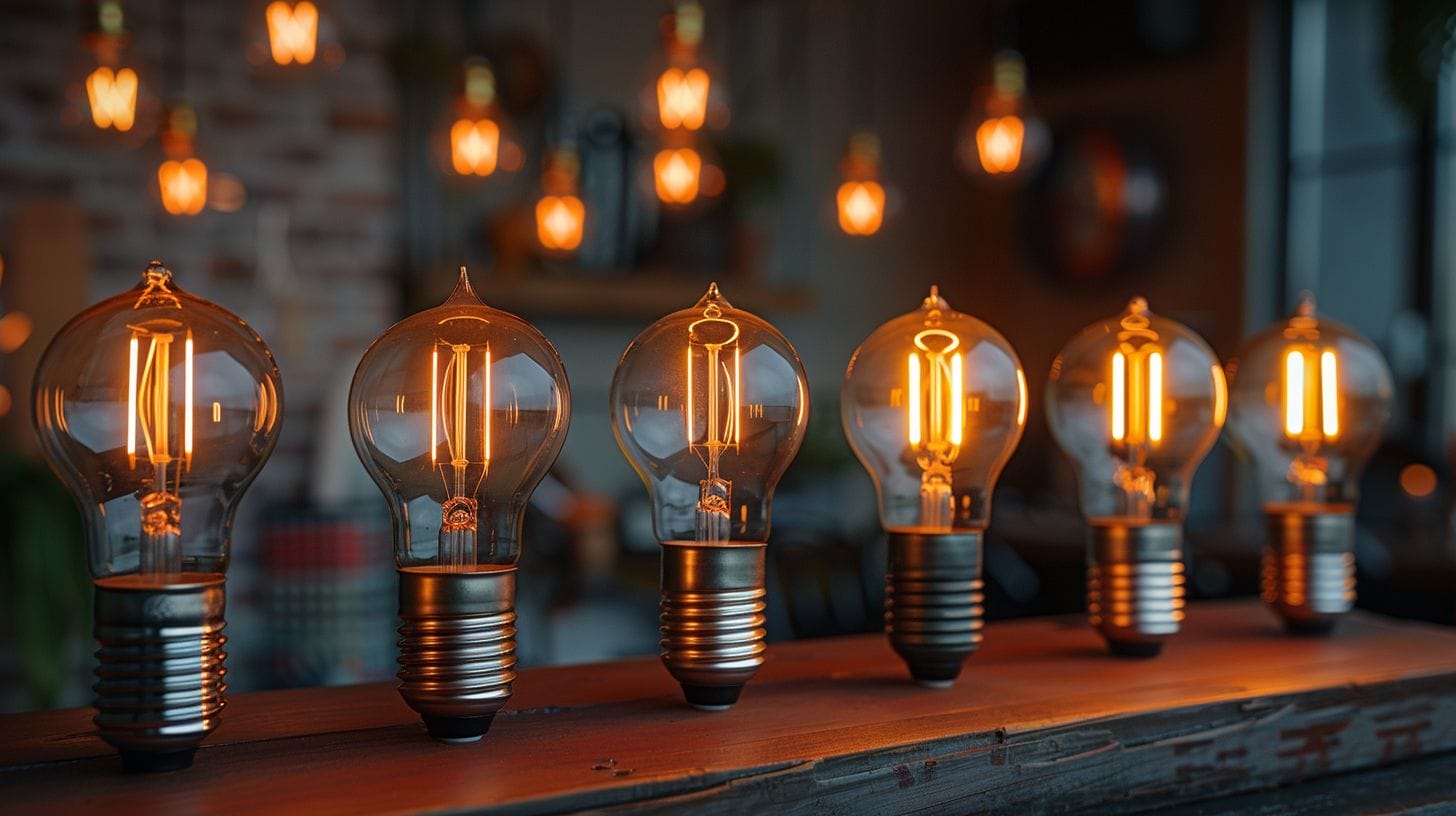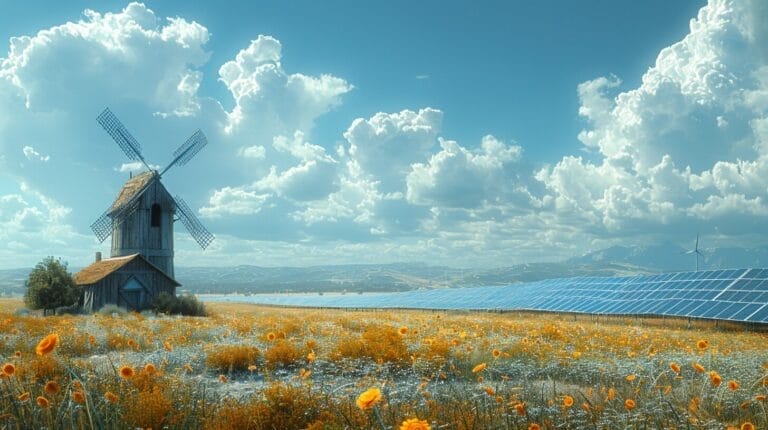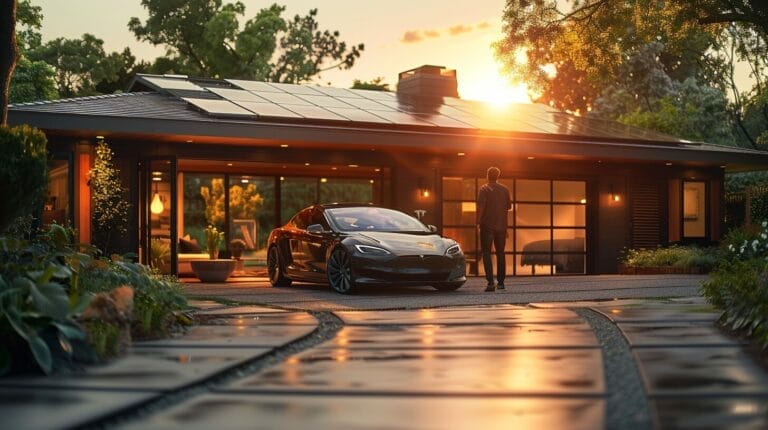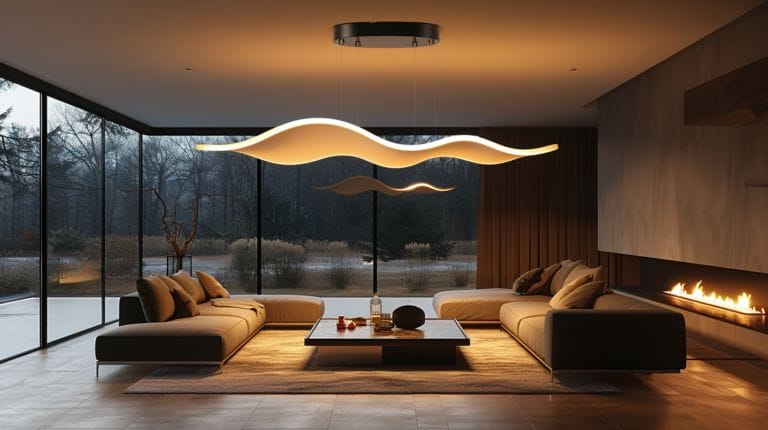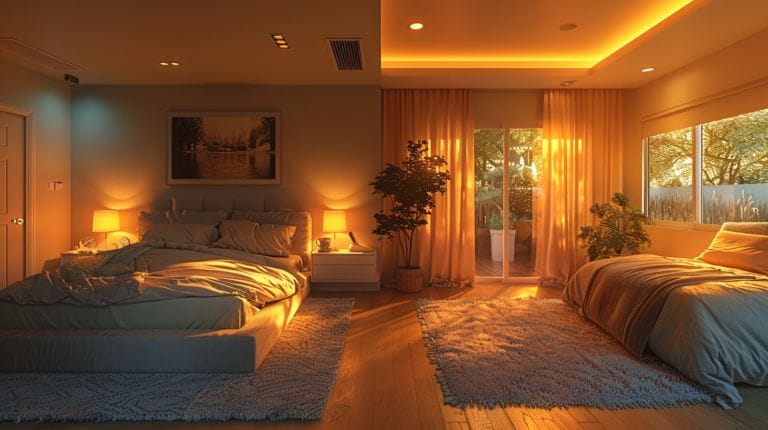When Was LED Lighting Invented: History of LED Lighting
Did you know that the first practical visible-spectrum LED was invented in 1962 by Nick Holonyak Jr.?
This small but significant development marked the beginning of a revolutionary journey in lighting technology.
As we explore the evolution of LEDs from their humble origins to the sophisticated lighting solutions we see today, we uncover a fascinating tale of innovation and discovery that continues to shape the way we illuminate our world.
So when was LED Lighting invented? Stay tuned to unravel the intriguing history behind LED lighting and its remarkable evolution over the decades.
Key Takeaways
- H.J. Round’s 1907 discovery of electroluminescence in semiconductors laid the foundation for LED technology and its subsequent evolution into efficient led lights use.
- Nick Holonyak’s 1962 invention of the first LED marked a significant milestone in lighting history, inventing the first practical method to generate light through semiconductors.
- Shuji Nakamura’s blue LED breakthrough in the 1990s revolutionized LED applications and efficiency.
- LED technology’s evolution has transformed the lighting industry with energy-efficient and bright solutions.
The Origins of LED: An Exploration of Electroluminescence

In 1907, British scientist H.J. Round made a pivotal contribution to the world of lighting with his discovery of electroluminescence. This phenomenon, where materials emit light when excited by an electric current, known as electroluminescence, set the stage for the development of LED technology to create light in various spectrums.
Round’s groundbreaking work opened the door to a new era of efficient and versatile lighting solutions, including functional white led lights. His exploration into electroluminescence, a phenomenon crucial for semiconductor devices, sparked a wave of innovation that eventually led to the development of light-emitting diodes (LEDs), with Holonyak being credited to have invented the first.
Thus, H.J. Round’s work, foundational in the field of semiconductor research, laid the foundational stones for the energy-efficient and long-lasting lighting solutions we enjoy today, paving the way for the invention of the first green LED.
The Birth of the LED: The First Light-Emitting Diode
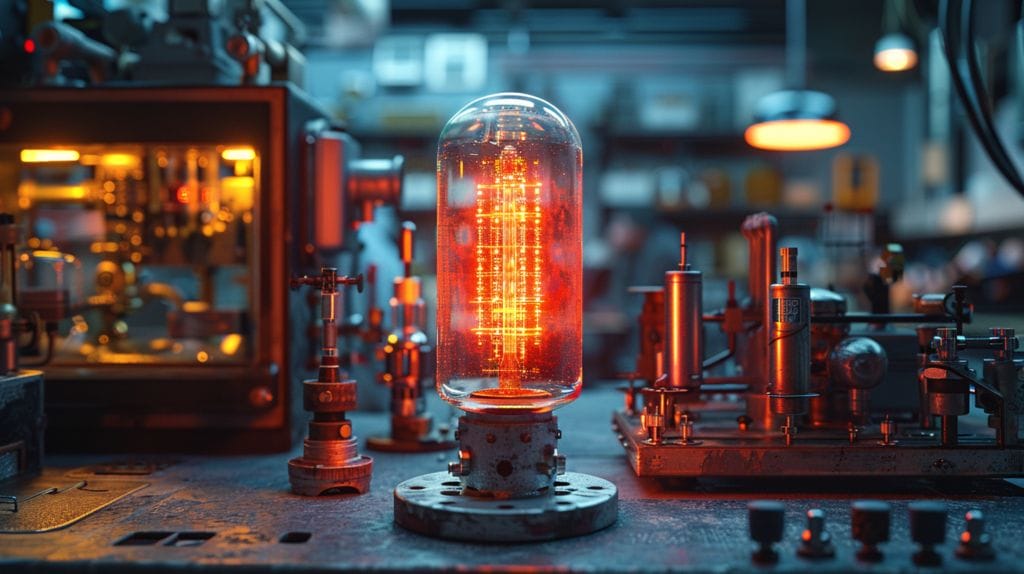
Nick Holonyak pioneered the creation of the first LED in 1962 while working at General Electric, marking a monumental leap forward in lighting technology. Using gallium arsenide phosphide (GaAsP), he created the first red LED. This groundbreaking innovation, empowered by semiconductor materials, paved the way for the widespread adoption of LEDs in various industries due to their energy efficiency, durability, and compact size.
| Property/Characteristic | Description | Significance |
|---|---|---|
| Material | Gallium arsenide phosphide (GaAsP) | Enabled efficient light emission |
| Color | Red | First visible light LED |
| Energy Efficiency | Low power consumption | Revolutionized energy-efficient lighting |
| Size | Small | Allowed for compact device designs |
Holonyak’s pioneering work, leveraging semiconductor technology, demonstrated the potential of LED technology and spurred further advancements in the field, including the creation of the first green LED.
The Evolution of LEDs: From Red to Blue Light-Emitting Diodes
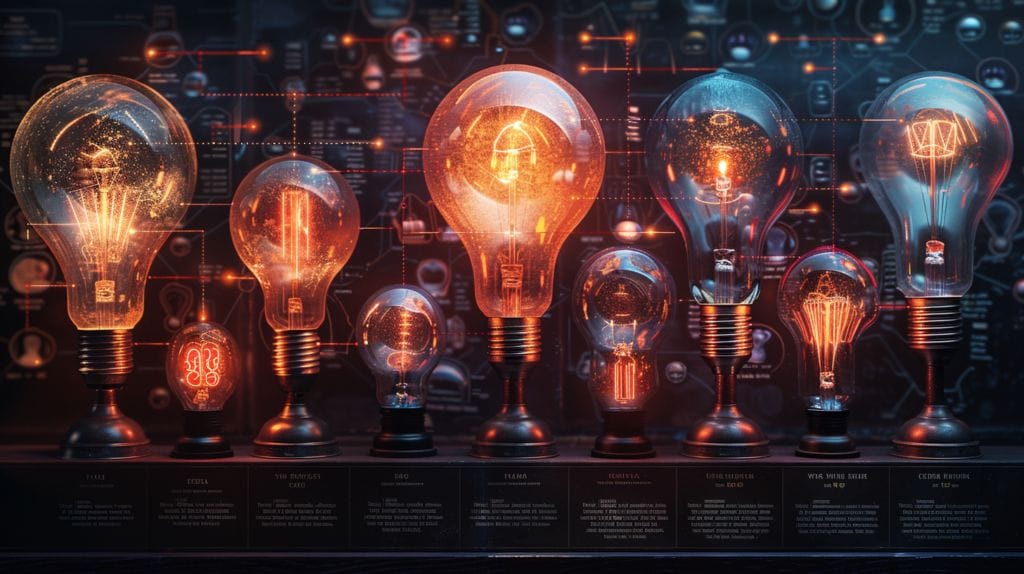
The evolution of LEDs reveals a remarkable transition from the pioneering red diodes to the groundbreaking blue LEDs. Shuji Nakamura’s invention of the blue LED in the 1990s, using gallium nitride, enabled the creation of white LEDs, which have dominated the market due to their energy efficiency and versatility.
Blue LEDs expanded the color palette available for LED lighting, allowing for a broader range of applications. This innovation significantly contributed to reducing energy consumption and carbon emissions worldwide.
The Rise of White LED and its Significance
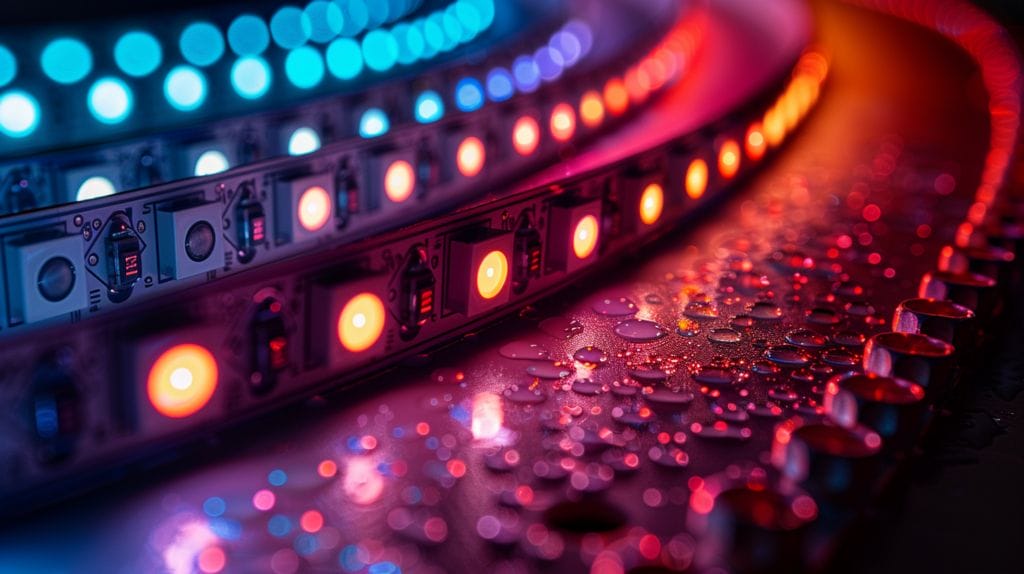
The emergence of white LED technology revolutionized lighting efficiency, offering higher lumen output compared to traditional lighting sources. This breakthrough has led to widespread adoption across various industries seeking sustainable and cost-effective lighting solutions, particularly with the energy-efficient lighting technology available today.
White LED technology, benefiting from advancements in semiconductor materials like gallium nitride, has not only enhanced lighting efficiency but also significantly increased lumen output, providing brighter and more uniform illumination. The flexibility, energy efficiency, and longevity of white LED have made it a preferred choice for diverse lighting requirements, also serving as cost-efficient indicator lights and promoting the use of led lights.
How Has LED Lighting Evolved Over Time to Provide Quality Options for Specific Rooms Such as the Bathroom?
When it comes to lighting, the bathroom requires the best quality LED bulbs to ensure proper illumination for grooming and other activities. LED lighting has evolved to offer options specifically designed for moisture-prone areas, with features like color temperature control and dimmability for a customized experience.
Monsanto: The First Company to Mass-Produce LEDs
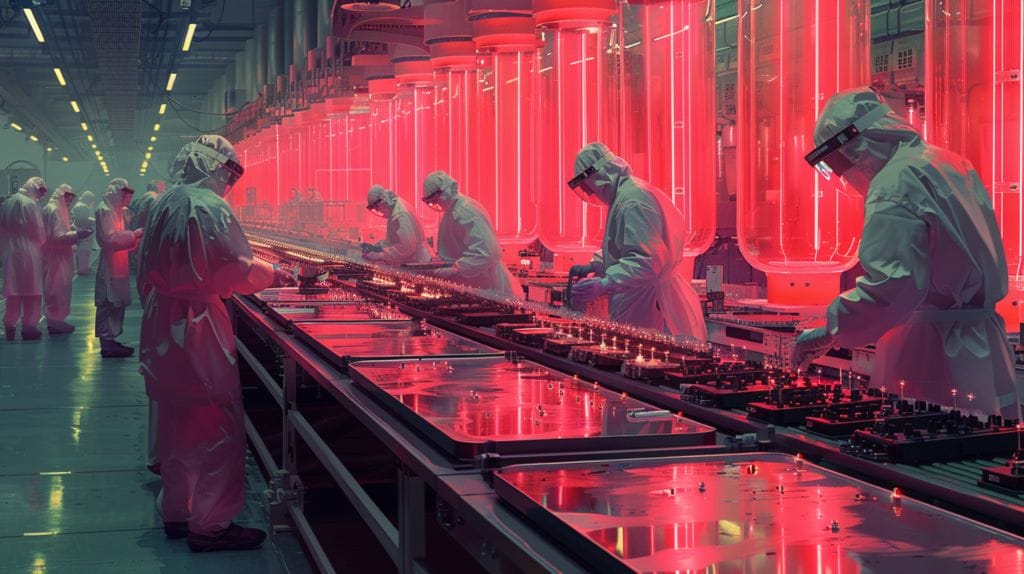
Monsanto was pivotal in mass-producing LEDs, setting a milestone in the commercialization and widespread adoption of this revolutionary technology. This collaboration played a crucial role in driving the LED industry forward, especially in the area of solid-state lighting.
| Monsanto & Nick Holonyak Partnership | Impact on LED Industry |
|---|---|
| Joint efforts in mass-producing LEDs | Paved the way for widespread adoption |
| Strategic alliance for technological advancements | Revolutionized the lighting industry |
| Setting the stage for future innovations | Key to the commercial success of LEDs |
Monsanto’s commitment to mass-producing LEDs, a pivotal moment for semiconductor technology in lighting, transformed the lighting landscape and inspired a wave of innovation within the industry.
Conclusion
In conclusion, LED lighting has come a long way since its invention in the early 1960s. From the discovery of electroluminescence to the development of white LEDs, the evolution of LED technology has revolutionized the way we light our world, highlighting the brightness and efficiency comparison to incandescent bulbs.
With Monsanto leading the way in mass-producing LEDs, these energy-efficient and long-lasting lights, integral to modern led lamp designs, have become an essential part of contemporary lighting solutions.
The future of solid-state lighting technology, including LED, continues to shine bright, with advancements in infrared LED opening new avenues for application.
Frequently Asked Questions
When and by whom was the first LED invented?
The first LED was invented in 1962 by Nick Holonyak Jr., marking a significant milestone in semiconductor and lighting technology.
What is the history of LED lighting?
LED lighting has a history that traces back to the early 20th century with the discovery of the properties of gallium arsenide by Henry Joseph Round.
How do LED lights work compared to incandescent bulbs?
LED lights work by converting electrical current directly into light through a process called electroluminescence, while incandescent bulbs produce light by heating a filament until it glows, making LEDs a more cost-efficient and environmentally friendly option.
Are LED lights environmentally friendly?
Yes, LED lights are considered environmentally friendly because they are energy-efficient, cost-efficient, and do not contain harmful substances like mercury found in fluorescent bulbs.
Who are some of the key figures in the history of LED lighting?
Some key figures in the history of LED lighting include Shuji Nakamura, known for his work on ultra-bright blue LEDs, Biard and Gary Pittman of Texas Instruments, and Henry Joseph Round.

